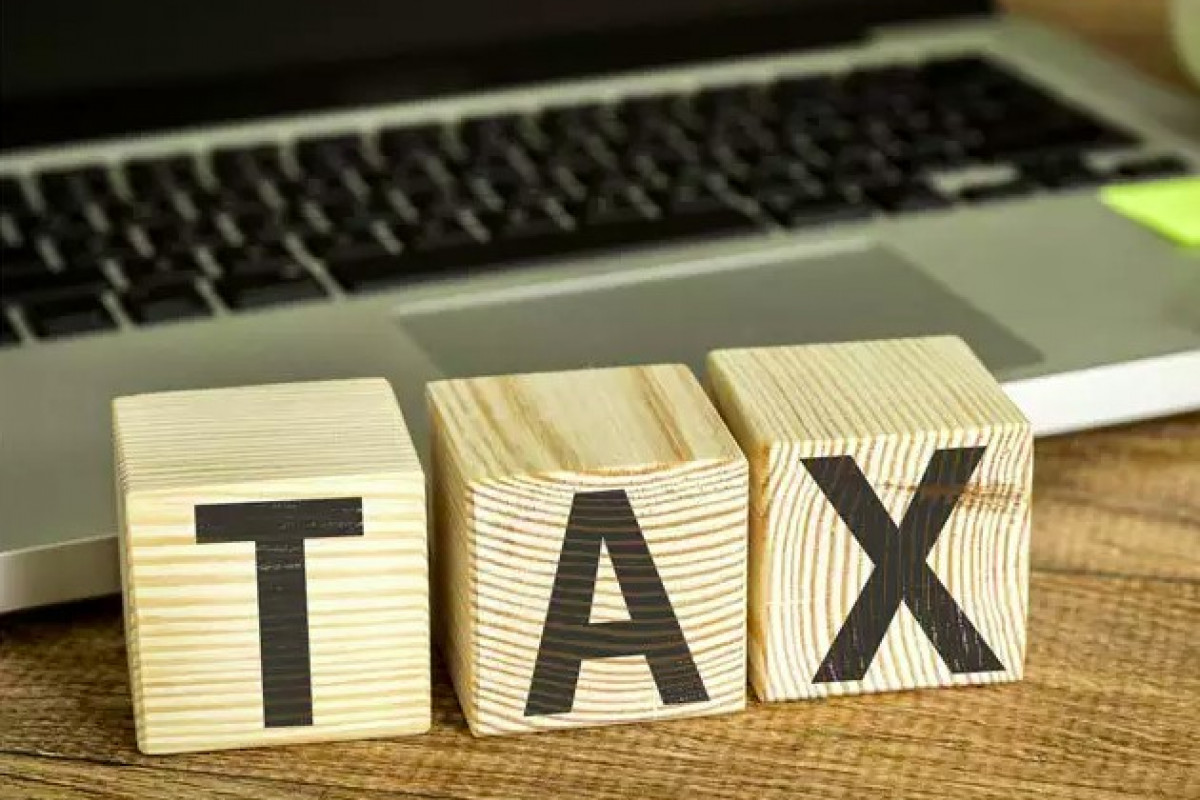Due to the macro-economic changes that necessitated salary reviews, a significant number of employers are caught in bracket creep, consequently, some salaries and wages are subject to higher rates of tax.
In order to provide relief to tax payers and also boost aggregate demand for goods and services, the government has approved an upward review of the local currency tax tables with effect from 1 August, 2023. However, this has led to some discontent among the workforce, who feel that this measure falls short of meeting their demands.
Workers have criticized the government's most recent review of the tax-free threshold, which increased to ZWL$500,000 effective from the August 1, 2023, arguing there is no reason to celebrate when the majority of people earn less than that figure.
The threshold was reviewed from ZWL$91 666. The highest tax rate of 40% will apply to those earning ZWL$15 million and above. Zimbabwe Congress of Trade Unions has expressed that the government has cast a blind eye to the plight of long-suffering workers. The new tax free threshold does nothing with regards to the fundamental worker’s needs. The workers plight is for the salaries to be increased and to reduce the tax free threshold taking into consideration the US dollar effect. Teachers are demanding a salary of US$800 and above to cater for their needs as the cost of living continues to soar. The majority of workers in Zimbabwe are demanding salaries above the Poverty Datum Line.
Table 1: 2023 Current and Proposed Monthly Local Currency Tax Tables
|
Current
Monthly Local Currency Tax Band |
Approved
Monthly Local Tax Bands |
Tax Rate
(%) |
|
0 to
91,666 |
0 to
500,000 |
0 |
|
91,667
to 320,000 |
500,001
to 1,500,000 |
20 |
|
320,001
to 548,000 |
1,500,001
to 5,000,000 |
25 |
|
548,001
to 776,000 |
5,000,001
to 10,000,000 |
30 |
|
776,001
to 1,000,000 |
10,000,001
to 15,000,000 |
35 |
|
1,000,001
and above |
15,000,001
and above |
40 |
In July 2023, the Food Poverty Line stood at ZWL$99,545.95, indicating an increase of 9, 2% from the June 2023 figure of ZWL$69,941.05. This means that an individual required that much to purchase both non-food and food items as at July 2023 in order not to be deemed poor. This represents an increase of 149, 3% when compared to the April 2023 figure of ZWL$39,927.46.
According to the Consumer Council of Zimbabwe, a family of six requires ZWL$2, 6 million a month to survive, up from ZWL$2, 5 million in June 2023. This amounts to about US$540, using the official exchange rate. The least paid civil servants are earning $250,000 on average, excluding United States Dollar allowances of up to US$300.
The Zimbabwean dollar reintroduced in 2019, is currently trading between US$1: ZWL$6,000- ZWL$7,000 at the parallel market and around 4500 at the formal market as of 15 August 2023. Results published by the Zimbabwe National Statistics Agency earlier this year showed that the economy is on a dollarization trajectory, with 78% of transactions for food purchase now being done in United States Dollars. Most Zimbabweans use the parallel market rate to purchase US dollars, using the current parallel market rate of ZWL$6,000, the ZWL$500,000 tax-free threshold stands at US$83. The economy has dollarized, prices of goods and commodities are now charged in US$.

